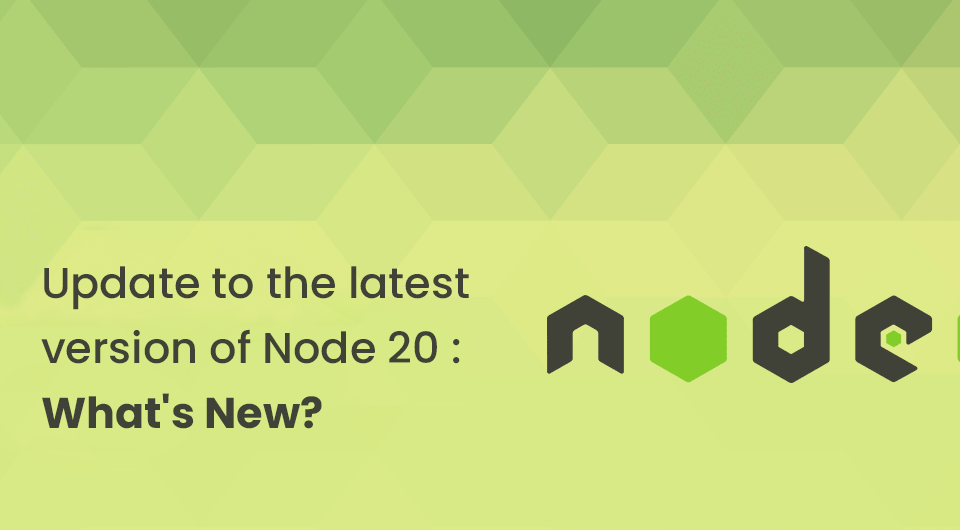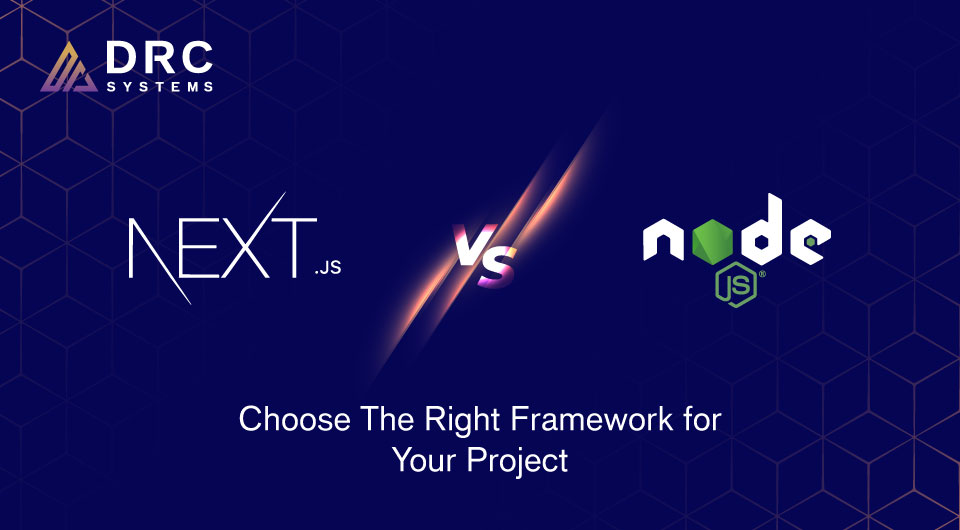Related Articles
Update to the latest version of Node 20: What’s New?
Discover what’s new in Node.js 20, including key features, performance enhancements, and updates.
Read The PostNext JS vs Node JS: Choose The Right Framework for Your Project
Are you struggling to pick the right framework for your project? Both Node.js and Next.js are ideal frameworks utilized by…
Read The PostTop 21 Disruptive eCommerce Web Development Trends for 2021
Discover 21 disruptive eCommerce web development trends to stay ahead in the industry and scale your business in 2021.
Read The Post


